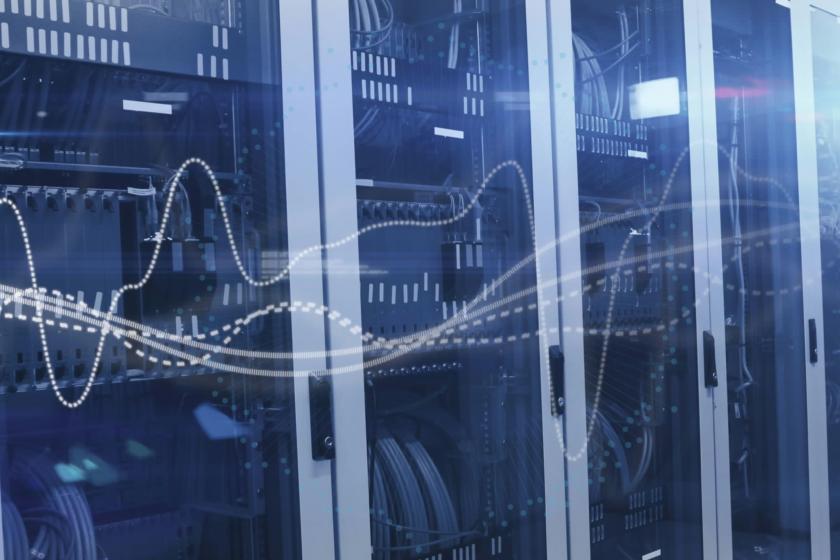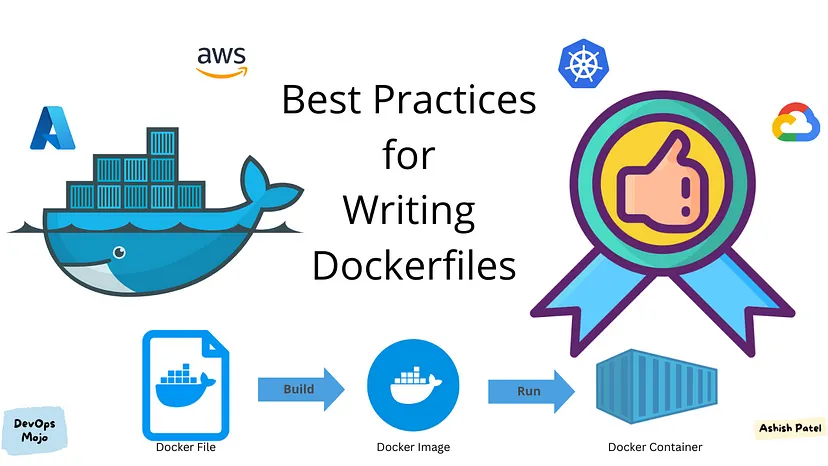Data Solutions Framework: an Open Source Project for Building Data Solutions on AWS
Bron: artikel integraal overgenomen van infoq.com
Origineel auteur: Renato Losio
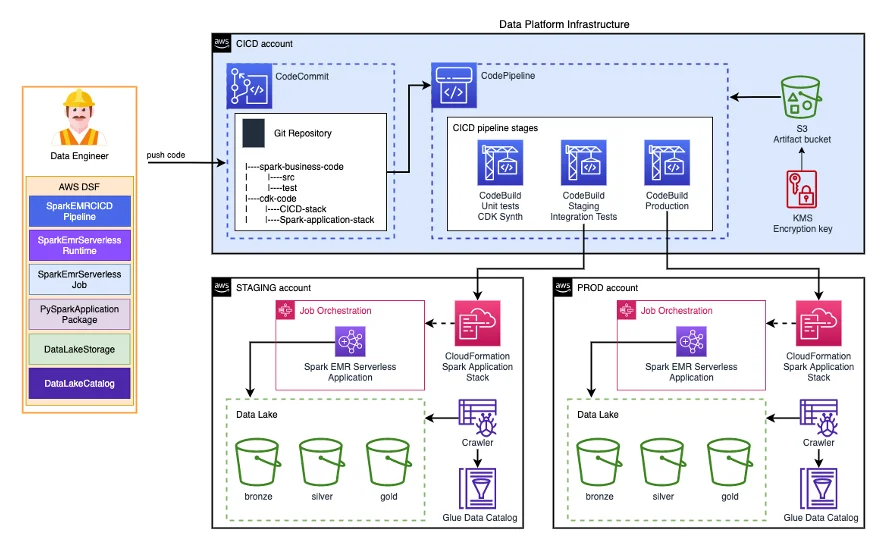
AWS recently released the Data Solutions Framework (DSF), an opinionated open-source framework designed to accelerate the creation of data solutions on AWS. Built using the AWS CDK, the framework exposes abstractions and patterns as building blocks for constructing data solutions and is available in TypeScript (npm) and Python (PyPi).
DSF provides building blocks packaged as standard L3 AWS CDK Constructs to compose data solutions on AWS. These building blocks offer customization capabilities and can be composed with any other CDK Construct, including those available through Construct Hub, a collection of open-source CDK libraries. Lotfi Mouhib, principal solutions architect at AWS, Dženan Softić, senior solutions architect at AWS, and Vincent Gromakowski, principal solutions architect at AWS, write:


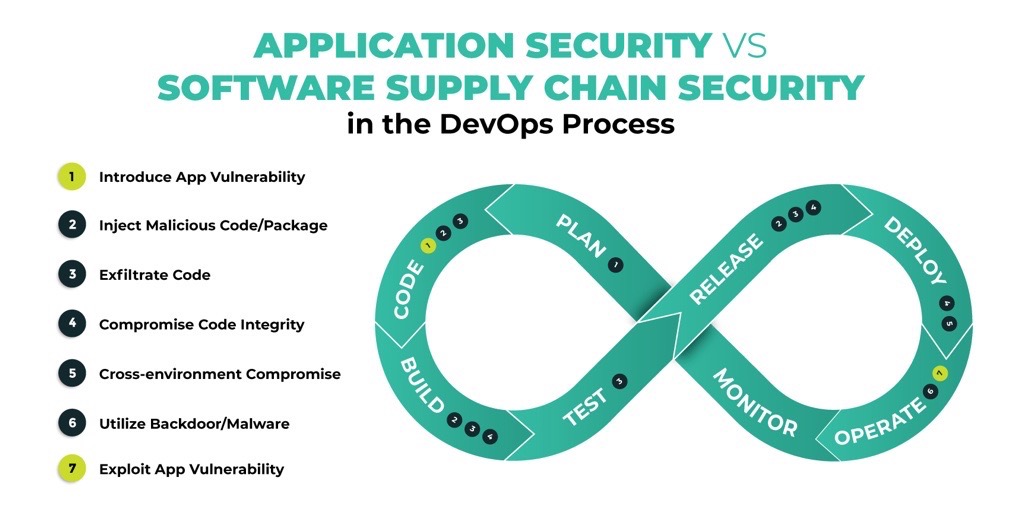




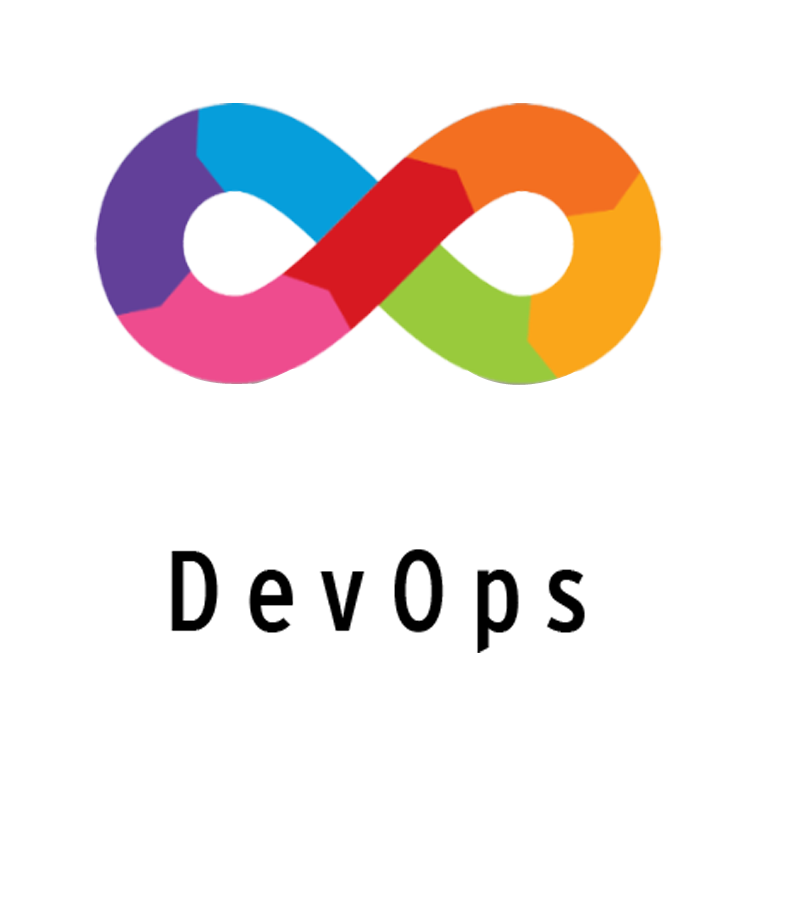

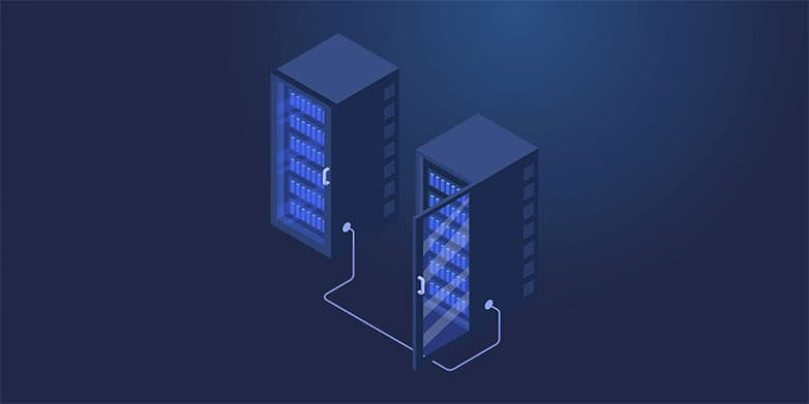


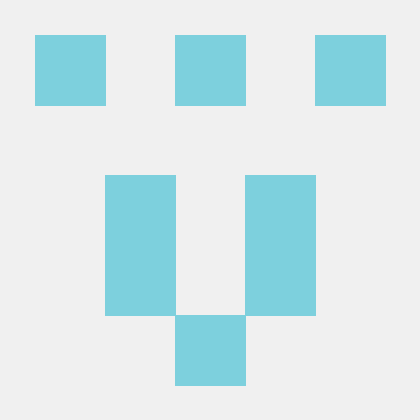

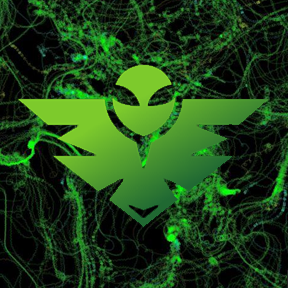
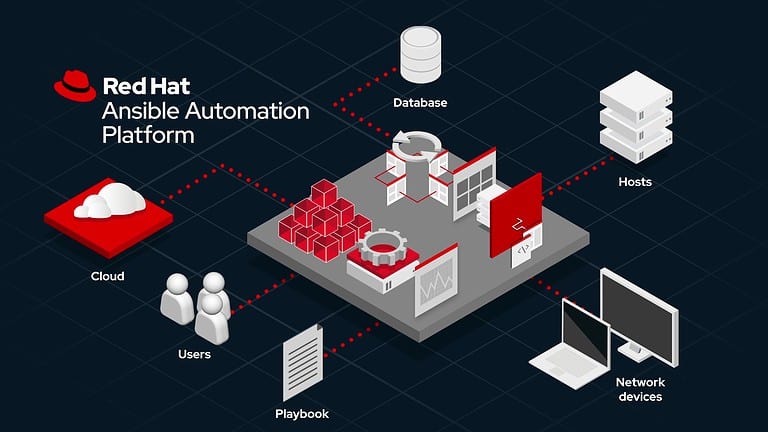

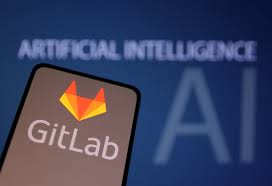

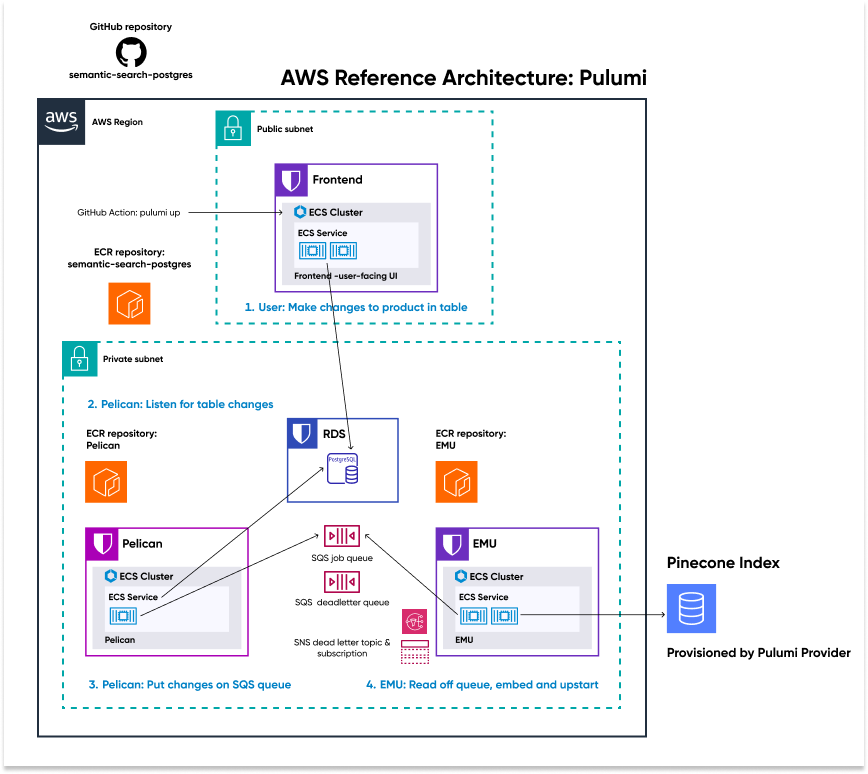

 Find, assess, and mitigate the impact of deprecations and breaking changes in this year’s major release.
Find, assess, and mitigate the impact of deprecations and breaking changes in this year’s major release.